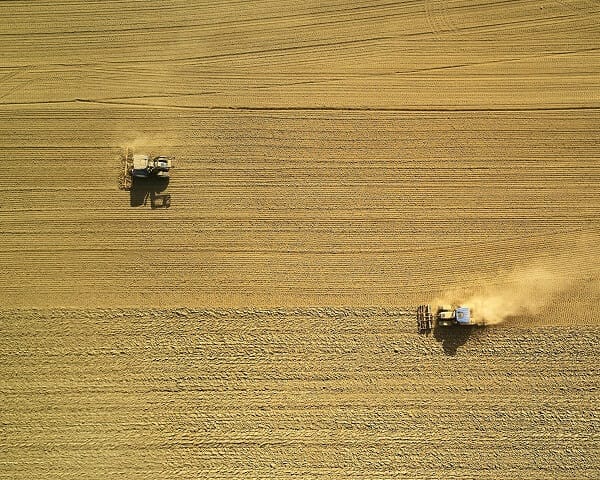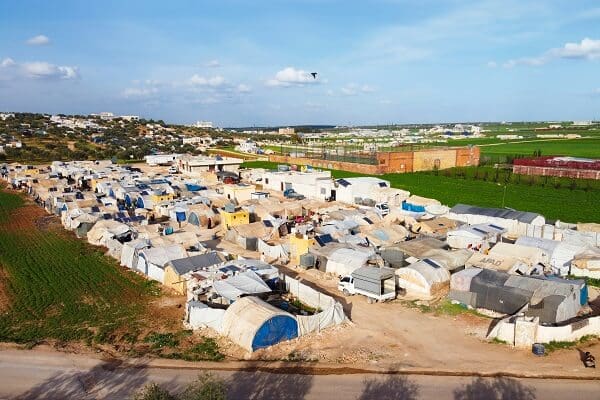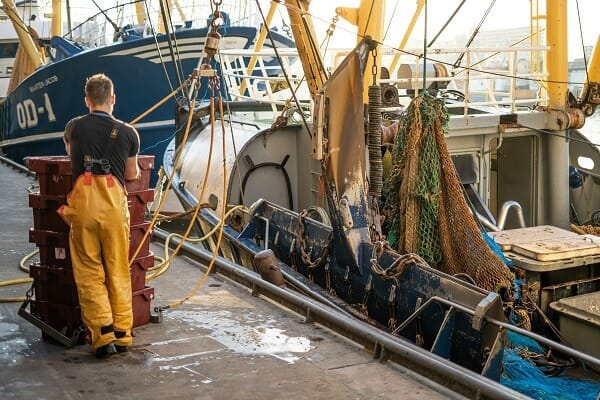
Introduction: The Mounting Costs of Climate Change
Climate change is no longer a distant issue; it’s happening now, and its financial toll is rising rapidly. From increasing disaster recovery expenses to long-term damage to infrastructure, the climate change costs for local communities are staggering. As extreme weather events become more frequent, rising temperatures, droughts, floods, and sea-level rise are affecting economies around the world, especially at the local level. Communities that rely on agriculture, tourism, and fisheries are feeling the impacts first-hand.
In this blog post, we will explore how these changing environmental conditions are economically affecting local communities. We’ll also break down the top 10 economic consequences of climate change on local economies and how they threaten livelihoods and industries.
The Top 10 Economic Consequences of Climate Change on Local Communities
As climate change continues to reshape the planet, its financial repercussions are becoming clearer. Here are the top 10 ways in which climate change is economically impacting local communities:
1. Infrastructure Damage from Extreme Weather Events

Extreme weather events like hurricanes, floods, and wildfires are becoming more intense and frequent. These disasters can severely damage critical infrastructure such as roads, bridges, and power lines. Local governments and businesses often bear the brunt of these costs, leading to skyrocketing repair and replacement expenses.
- Economic Impact: Rebuilding infrastructure can cost millions of dollars, and insurance premiums in disaster-prone areas are rising. Local budgets are stretched thin as public resources are diverted to recovery efforts.
2. Decreased Agricultural Productivity

Agriculture is highly sensitive to changes in temperature, rainfall, and soil quality. In many regions, climate change is causing reduced crop yields and livestock losses due to droughts, floods, and shifting growing seasons.
- Economic Impact: Lower productivity results in lost income for farmers, increased food prices for consumers, and strain on local economies that depend on agriculture. In regions like sub-Saharan Africa or the American Midwest, climate impacts on farming are deeply felt.
3. Rising Energy Costs
As temperatures rise, local communities are using more energy for cooling during the summer months. At the same time, water scarcity is affecting hydropower production, and extreme weather can disrupt energy supply chains.
- Economic Impact: Higher energy demand leads to increased utility bills for households and businesses. Communities reliant on renewable energy sources like hydropower are especially vulnerable to fluctuations in power generation, causing energy prices to rise.
4. Displacement and Migration

Climate change is forcing people to leave their homes due to sea-level rise, extreme weather, and deteriorating living conditions. Coastal communities and areas prone to floods are seeing an increase in climate-related migration.
- Economic Impact: The costs of relocating displaced populations, providing housing, and supporting new infrastructure for growing cities can place a financial strain on local governments. Communities that lose population also face a declining tax base, reducing funding for essential services.
5. Increased Health Care Costs
Climate change has direct and indirect effects on human health, leading to increased medical expenses. Rising temperatures can cause heat-related illnesses, while poor air quality exacerbates respiratory conditions. Additionally, vector-borne diseases like malaria and dengue fever are spreading to new areas as a result of changing climates.
- Economic Impact: Local healthcare systems may struggle to keep up with the rising demand for medical services. Increased health-related absenteeism can also hurt local businesses, reducing productivity and income.
6. Decline in Tourism and Recreation

Many local economies depend on tourism, particularly coastal areas and regions known for outdoor activities. However, rising sea levels, coral bleaching, and extreme weather events can deter tourists and disrupt recreational industries.
- Economic Impact: A decline in tourism means fewer visitors spending money at hotels, restaurants, and local businesses. For communities reliant on natural attractions, the economic fallout from climate change can be devastating.
7. Property Value Decline
As extreme weather events increase in frequency and severity, properties in vulnerable areas are losing value. Homes and businesses located in flood zones, wildfire-prone regions, or coastal areas are becoming harder to insure and less attractive to buyers.
- Economic Impact: Declining property values affect homeowners’ wealth, reduce tax revenues, and increase the cost of flood insurance. This can lead to a broader economic downturn for communities that rely on property taxes to fund local services.
8. Strain on Water Resources
Droughts and changing rainfall patterns are leading to water shortages in many parts of the world. Local communities that rely on consistent water supplies for agriculture, industry, and daily use are feeling the strain.
- Economic Impact: Water scarcity increases the cost of securing, treating, and distributing water. Industries that rely on large quantities of water, such as farming and manufacturing, may face rising operational costs, which can lead to higher prices for consumers.
9. Loss of Fisheries and Marine Resources

Marine ecosystems are under pressure from warming oceans, acidification, and overfishing. Coastal communities that rely on fishing for their livelihoods are seeing declining fish stocks, which reduces income and food security.
- Economic Impact: A decline in fish populations leads to job losses in the fishing industry, disrupts supply chains, and reduces exports. Coastal economies are especially vulnerable to these changes, which can have ripple effects on local and national economies.
10. Increased Insurance Premiums
As the risks of extreme weather events rise, insurance companies are adjusting their premiums accordingly. Communities in high-risk areas are facing steep increases in the cost of insuring homes, businesses, and infrastructure.
- Economic Impact: Higher insurance premiums put additional financial pressure on households and businesses, making it more expensive to protect against natural disasters. In some cases, insurers may withdraw coverage altogether, leaving communities even more vulnerable.
How Climate Change Exacerbates Economic Inequality
One of the often-overlooked effects of climate change is its disproportionate impact on low-income communities. Wealthier regions and individuals may be able to invest in climate adaptation measures, such as building flood defenses or relocating to safer areas. In contrast, low-income communities often lack the resources to make these adjustments, leaving them more vulnerable to climate-related damages.
For instance, wealthier farmers may have access to irrigation systems and climate-resistant crops, while small-scale farmers in developing countries may struggle to maintain crop yields. The rising cost of insurance, healthcare, and energy can also deepen economic inequality, as those with fewer financial resources are hit hardest by climate-related expenses.

Adapting to Climate Change: What Local Communities Can Do
While the economic consequences of climate change are daunting, there are steps that local communities can take to mitigate its impacts. Below are a few strategies that can help local economies adapt and become more resilient to the effects of climate change:
1. Invest in Climate-Resilient Infrastructure
Local governments can allocate funds to strengthen infrastructure, making it more resistant to extreme weather events. This includes building flood defenses, reinforcing bridges and roads, and upgrading power grids to withstand natural disasters.
2. Encourage Sustainable Farming Practices
Farmers can adopt sustainable practices such as crop diversification, water-efficient irrigation, and the use of drought-resistant crops. Governments can support these efforts by providing subsidies and technical assistance.
3. Expand Renewable Energy Production
Communities can reduce their reliance on fossil fuels by investing in renewable energy sources such as solar, wind, and hydropower. This not only reduces greenhouse gas emissions but also lowers long-term energy costs.
4. Strengthen Disaster Preparedness and Response Systems
Local governments can implement early warning systems and disaster response plans to minimize the impact of extreme weather events. Communities should also invest in emergency shelters, evacuation plans, and public awareness campaigns.
5. Promote Reforestation and Ecosystem Restoration
Restoring forests, wetlands, and other ecosystems can help mitigate the effects of climate change by absorbing carbon dioxide and protecting against floods and erosion. Community-led conservation efforts can also create jobs and promote sustainable tourism.
Conclusion: Facing the Economic Realities of Climate Change
The climate change costs for local communities are significant and growing, affecting nearly every aspect of daily life. From damaged infrastructure and lost agricultural productivity to rising healthcare expenses and declining property values, the economic toll of climate change is impossible to ignore. However, with proactive adaptation strategies, communities can mitigate these impacts and build more resilient economies. By investing in sustainable infrastructure, promoting climate-smart agriculture, and strengthening disaster preparedness, local communities can safeguard their futures in the face of a changing climate.
While the challenges are great, the opportunities for innovation and adaptation are even greater. The actions taken today will shape the economic landscape for generations to come.
Pingback: How Much Progress Has Been Made in Renewable Energy Adoption to Fight Climate Change as of 2024 - Ecological Crusader
Pingback: How Climate Change Doomsday Predictions Are Driving Moderates Away - Ecological Crusader
Pingback: Preparing for extreme weather events in urban areas due to climate change - Ecological Crusader
Comments are closed.